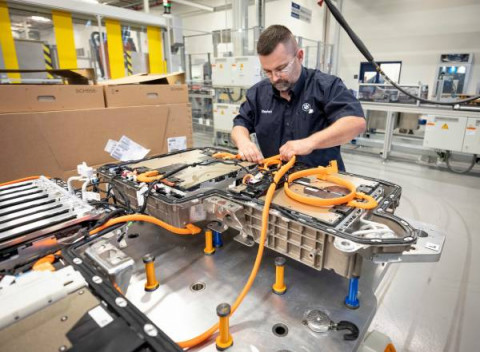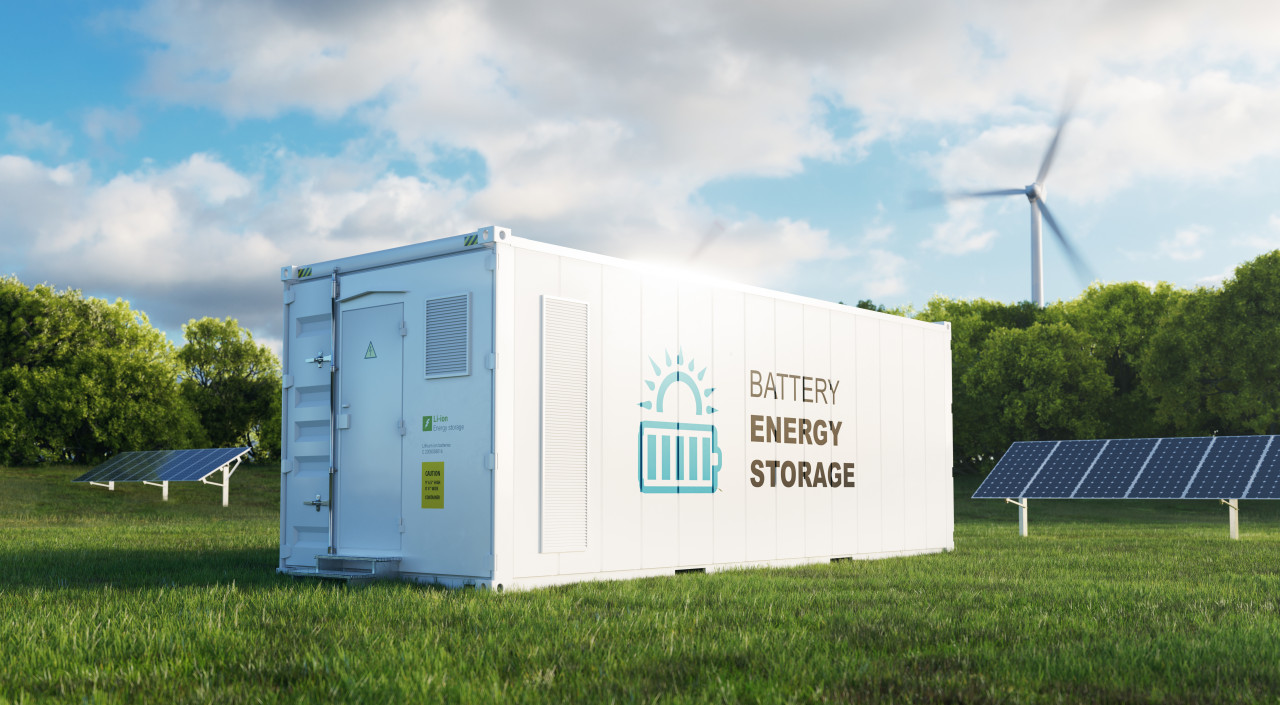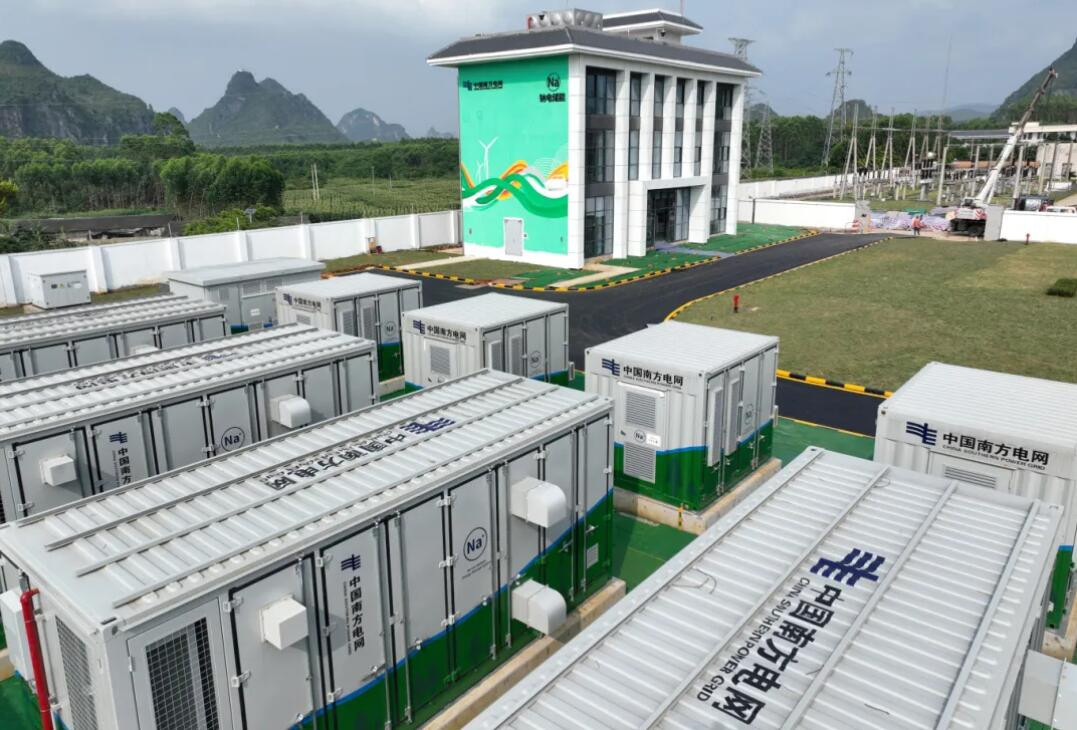Li-ion battery market capacity might surpass 6 TWh by this decade end
The cumulative production capacity of lithium-ion batteries in global markets could reach over 6,000 GWh (6TWh) by the end of this decade, based on current plans of international manufacturers and the status of Giga factories coming up in Europe and North America, says the latest 'Gigafactory Assessment' report from Benchmark Mineral Intelligence.
Moreover, the total capacity of both existing and under construction has doubled since the beginning of 2021, highlighting the increasingly global spread of battery Giga factories, as automakers look to secure local supply chains to lower costs and reduce the risk of trade disruption. Overall, planned Giga factory capacity rose in April by 73 percent from that of last year.
At 6 TWh capacity can support 109 million EVs, although this assessment is based on all the plants coming into production and operating at full capacity, clarifies Benchmark. "In reality, around 70 percent of the Giga factories in the pipeline will likely come into production with an average global capacity utilization of 70 percent", says Simon Moores, chief executive of Benchmark.
However, according to Moores, not all battery capacity equals reliable, quality battery supply needed for world-class EVs. Of the 6 TWh of planned and existing battery capacity, around 26 percent is from Tier 1 battery producers.
Benchmark defines Tier 1 as a battery manufacturer that is qualified to supply more than one multinational OEM outside of China. It identifies CATL, Panasonic, BYD, Envision AESC, LG Energy Solution, SK Innovation, and Samsung SDI as Tier 1 battery firms.
The report states that the Tier 1 producers have led the majority of announcements of new cell capacity in March and April this year.
As far as the geographies are concerned, China continues to dominate global battery production, but North American and European regions are fast catching up with new Giga factory establishments.
North America's share of the global battery capacity is set to grow to 10 percent by 2026 from 6 percent currently, according to Benchmark, while Europe's is set to grow to 12 percent from 7 percent.
On the other hand, the Benchmark report underscores the lag in raw materials supply to keep up with the battery production projections. Battery capacity is currently growing at twice the speed of lithium raw material supply.
A total of 6 TWh of annual battery production would require around 5 million tons of lithium. Production of lithium last year was just around 480,000 tons of LCE, according to Benchmark. Thus, meeting the 2030 growth targets for the EV and battery industry would require the lithium industry to step up production and ease supply chain constraints of metals.






















